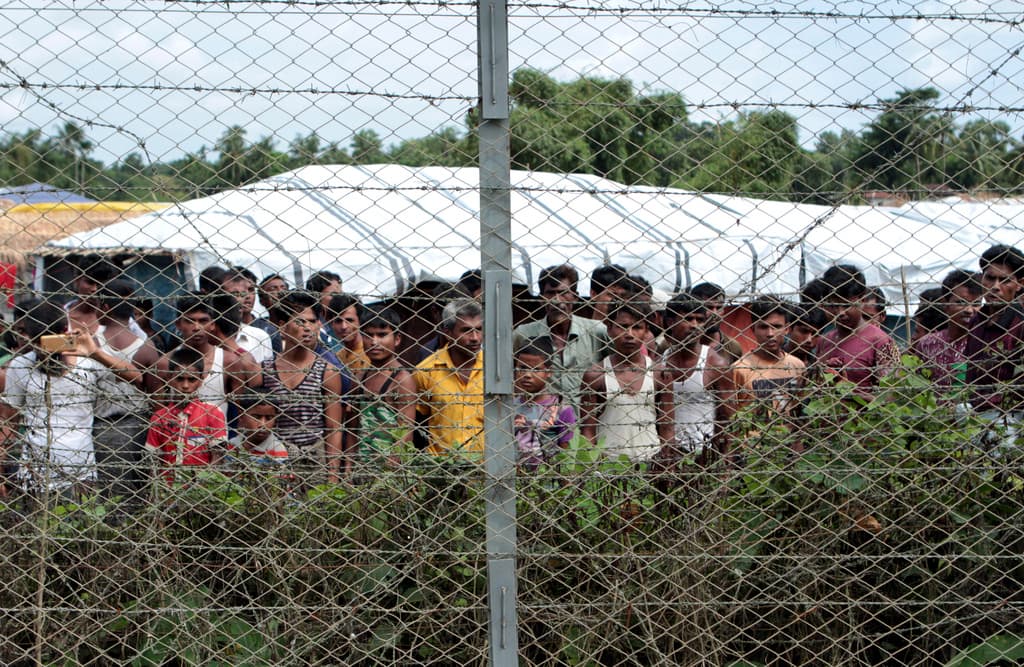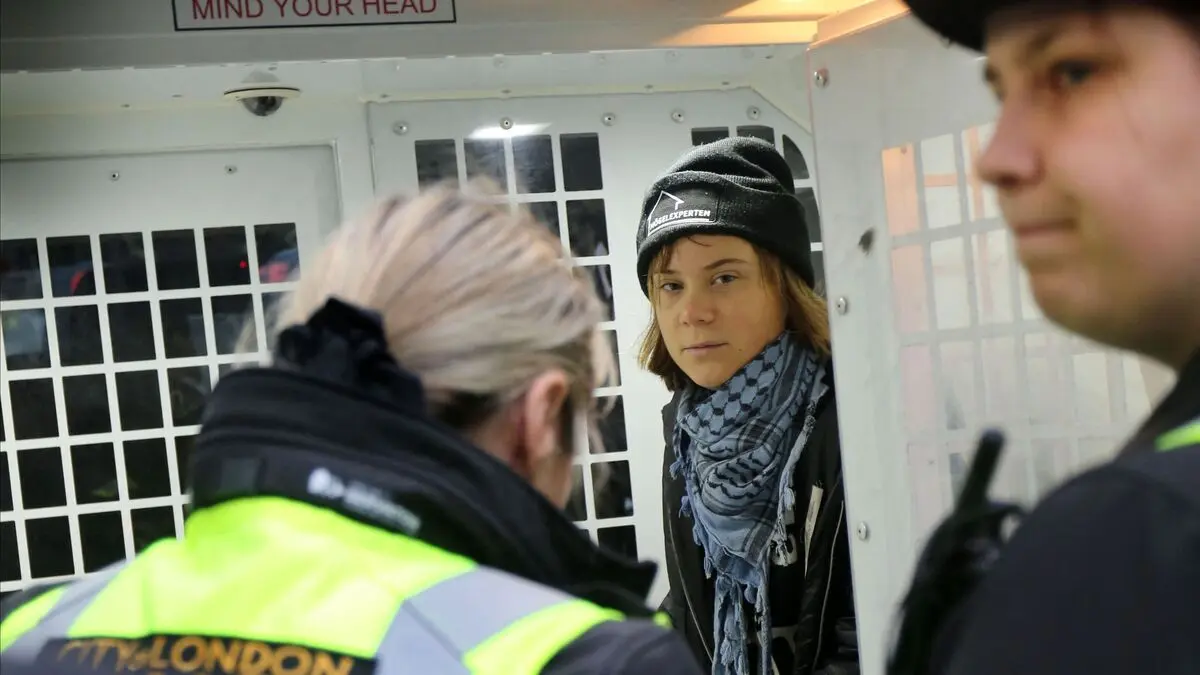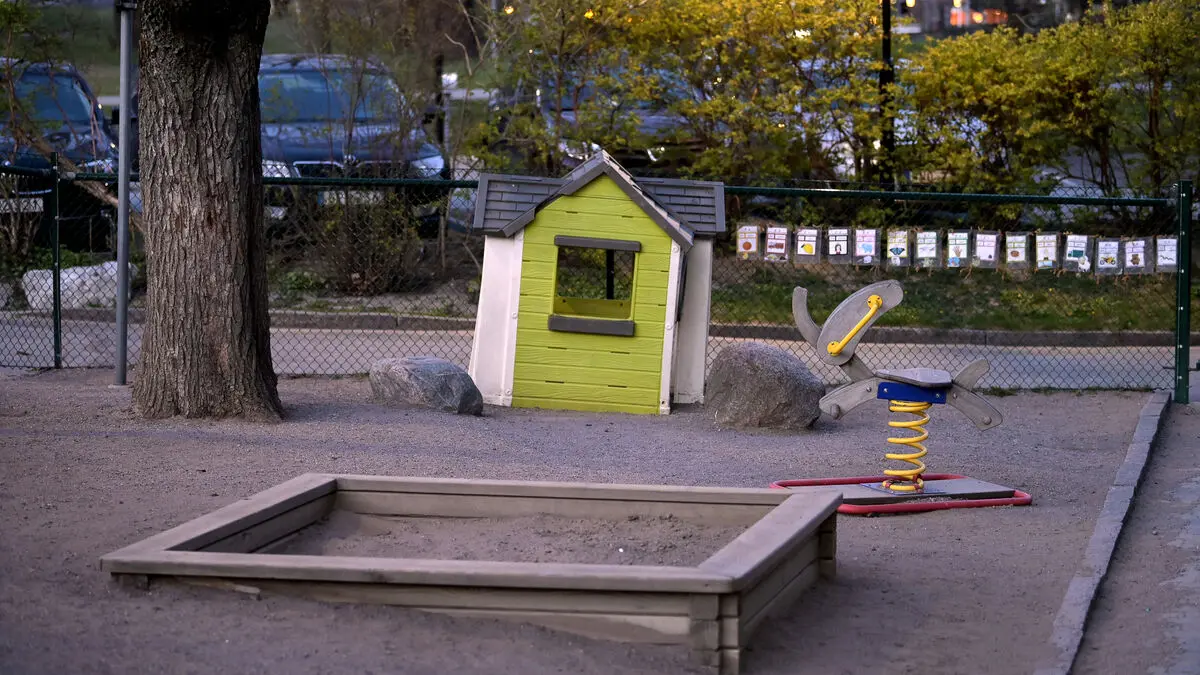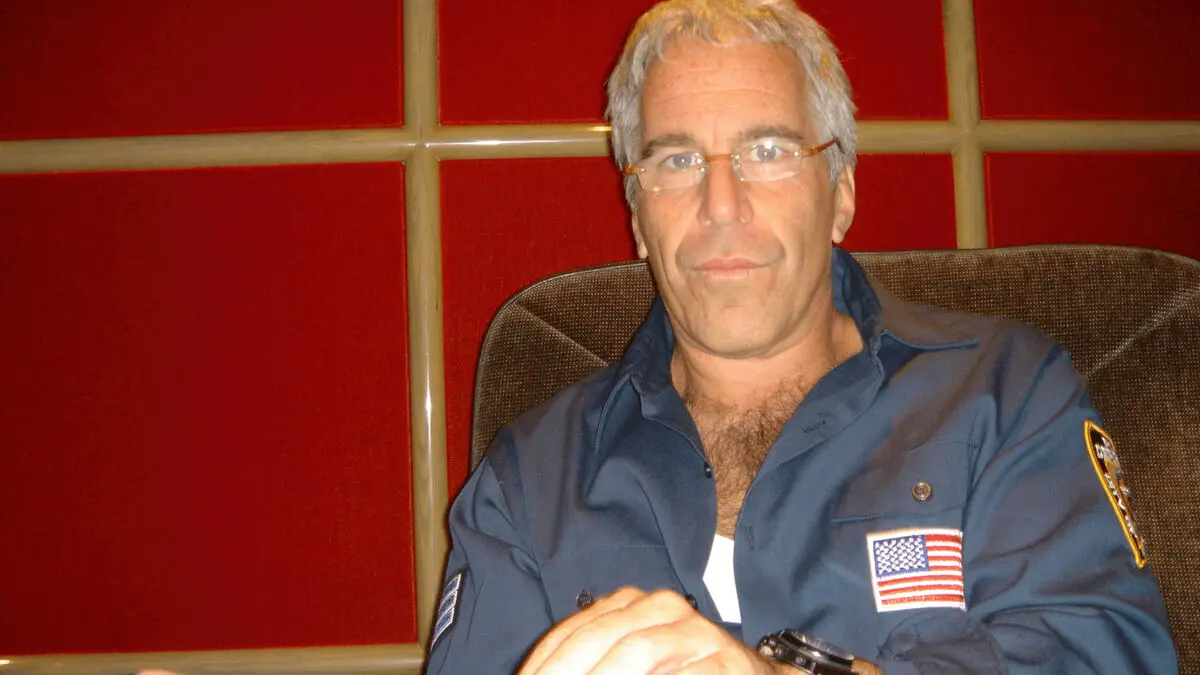The situation in Myanmar's Rakhine is increasingly reminiscent of the period preceding the widespread violence campaign against the Rohingya in 2016-2017, warns a UN expert.
Three years after the coup, the junta is significantly weakened - and the Rohingya are increasingly vulnerable.
The situation in Rakhine, where the junta is rapidly losing ground to the Arakan Army, is frightening, says Thomas Andrews, the UN's special rapporteur for Myanmar.
Hundreds of thousands of people belonging to the Muslim minority Rohingya were forced to flee Myanmar starting in 2016. The then-democratic government's military persecution and violence against the Rohingya has been classified as genocide by, among others, the USA.
Recruiting Rohingya
Now, bloody clashes are again shaking Rakhine, since the separatist movement Arakan Army (AA) attacked security forces in the region in November. Since then, AA has taken control of large territories and systematically increased the pressure on the junta, which has ruled the country since a military coup in 2021.
The increasingly weakened junta has recruited thousands of young Rohingya to fight against AA, says Thomas Andrews, which has led to increased tensions between ethnic groups.
Although many young, male Rohingya have been sent to the front line against their will, the risk of revenge from the Arakan Army - and a downward spiral of violence - is enormous, he says.
Displacement and Looting
In recent months, the UN and Rohingya groups in exile have warned that Rohingya are again being subjected to murder and displacement. AA soldiers are reported to have looted and burned down countless Rohingya homes in Rakhine.
AA claims to be fighting for the part of the population that identifies as ethnic Arakanese, a Buddhist ethnic group also known as Rakhine.
The separatist movement has stated its intention to take control of the entire state of Rakhine in western Myanmar.
Myanmar's population consists of 68 percent of the majority group Burmese.
The largest minority group, Shan, makes up approximately 9 percent of the country's population. The Shan people live in the valleys on the high plateau in the east.
The second-largest minority, Karen (Kayin), makes up approximately 7 percent and is found in the Irrawaddy River delta southwest of the city of Rangoon (Yangon) and in the border mountains towards Thailand in the east.
In addition, there are also, among others, ethnic groups such as Arakanese (Rakhine), Karenni (Kayah), Mon people, Kachin people, Naga people, and the Muslim minority Rohingya.
The Rohingya have been persecuted by the regime since the 1960s, who see them as a foreign people and therefore do not grant them citizenship. Since 2012, around two-thirds of Myanmar's approximately 1.5 million Rohingya have been driven out of the country.
Source: Landguiden/UI





